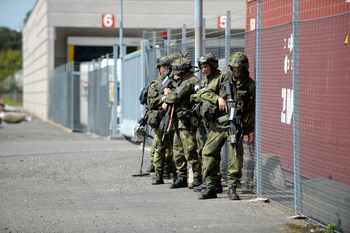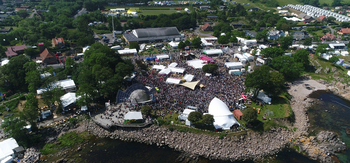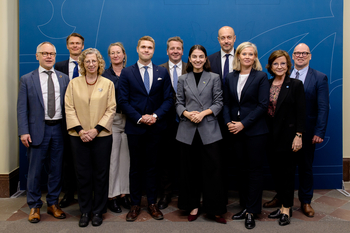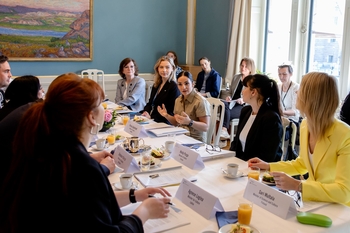New statistics on gender equality pushes the Nordics further - and reveals disparities
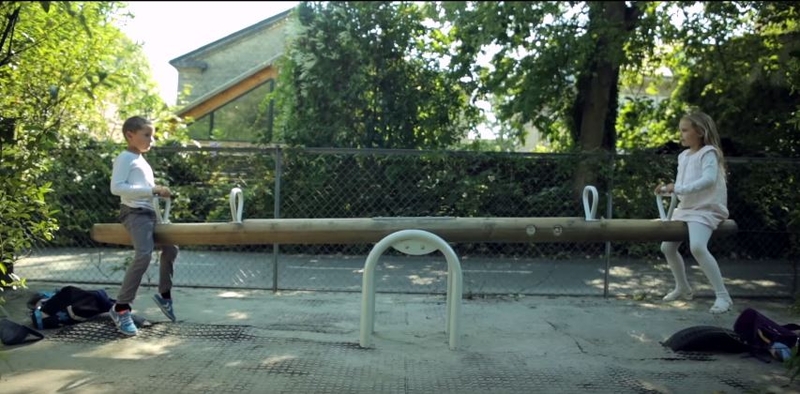
The open-access website www.norden.org/genderequality offers a wealth of sex-disaggregated statistics on money and power, paid and unpaid work, suicide and smoking in the five Nordic countries and Åland, the Faroe Islands and Greenland.
We need to compare ourselves with our Nordic counterparts to see and understand how we can make further progress in the areaThe statistics show that Danish and Swedish women are the least represented on the boards of listed companies, that Icelandic men are the best at taking paternity leave, that Finnish toddlers attend kindergarten the least, and that Swedish men do the most unpaid housework per day compared with their male Nordic counterparts.
Commissioned by the Nordic Council of Ministers, Nordic statistics bodies have been working together for over a year in compiling comparable figures.
One overarching aim is to feed the debate on gender equality in the region – to equip Nordic citizens, researchers, civil servants and politicians with knowledge and facts that can inform and transform policy development.
“The Nordic Region is leading the way when it comes to gender equality, yet there’s still work to be done. There are differences between the countries and improvements to be made in all areas covered by the statistics, which is why it’s important that such information is made available. We need to compare ourselves with our Nordic counterparts to see and understand how we can make further progress in the area,” explains Secretary General for the Nordic Council of Ministers, Dagfinn Høybråten.
Last spring, the Nordic Council of Ministers published the statistical pocket guide “Nordic Gender Equality in Figures” for the first time. To make this information even more accessible, the guide is now available in digital format.
The ability to get a comprehensive overview and a detailed picture of gender equality in the Nordic countries is unique
Topics include demographics, health, education, income and power.
The Nordic database contains more recent figures and more comparable indicators than other international gender statistics databases.
“The ability to get a comprehensive overview and a detailed picture of gender equality in the Nordic countries is unique,” says Klaus Munch Haagensen of Statistics Denmark, who compiles the data from the five countries.
The statistics are presented in order of topic and in graph format with explanatory text. This allows trends to be monitored over time and highlights the differences and similarities between the countries.
Some of the indicators compare the Nordic countries against an EU average. For example, it can be seen that the income gap between male and female pensioners is higher in the Nordic Region than elsewhere in the EU for the fact that more women tend to live alone in the Nordic countries.
